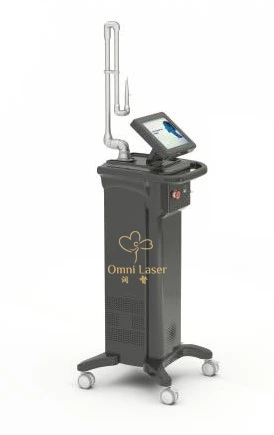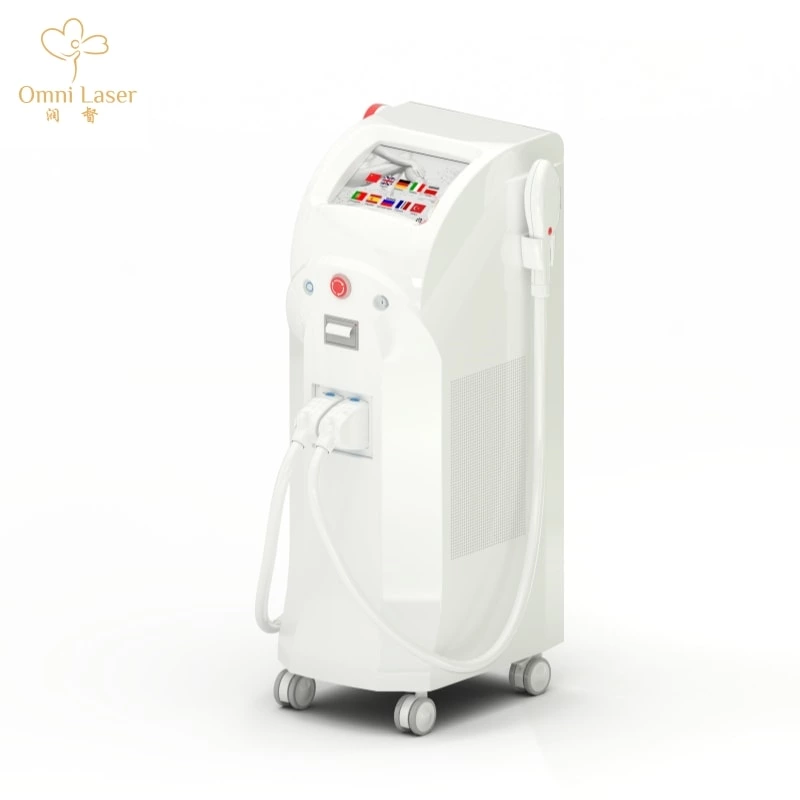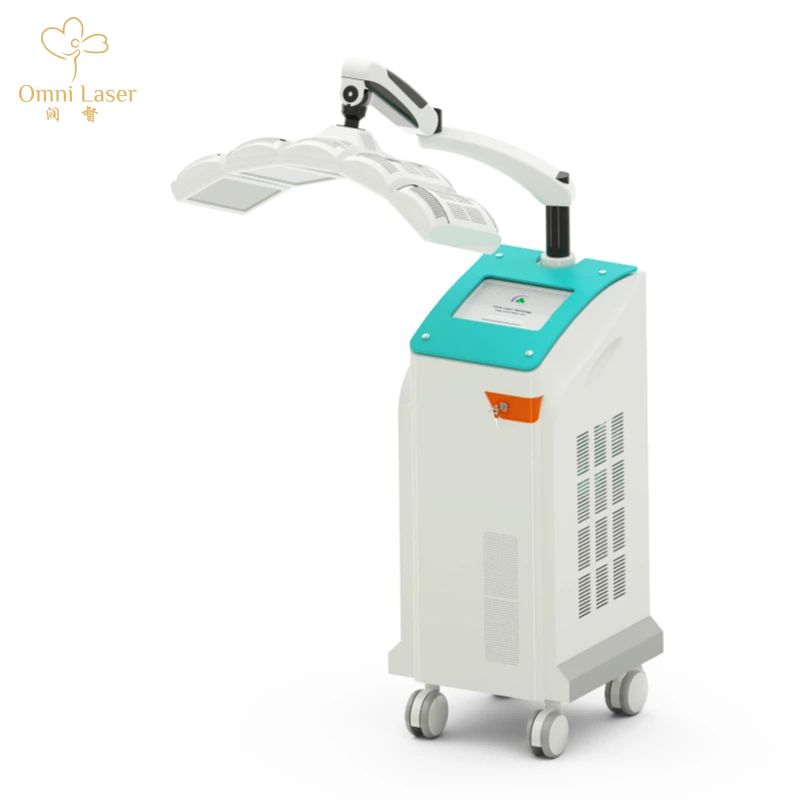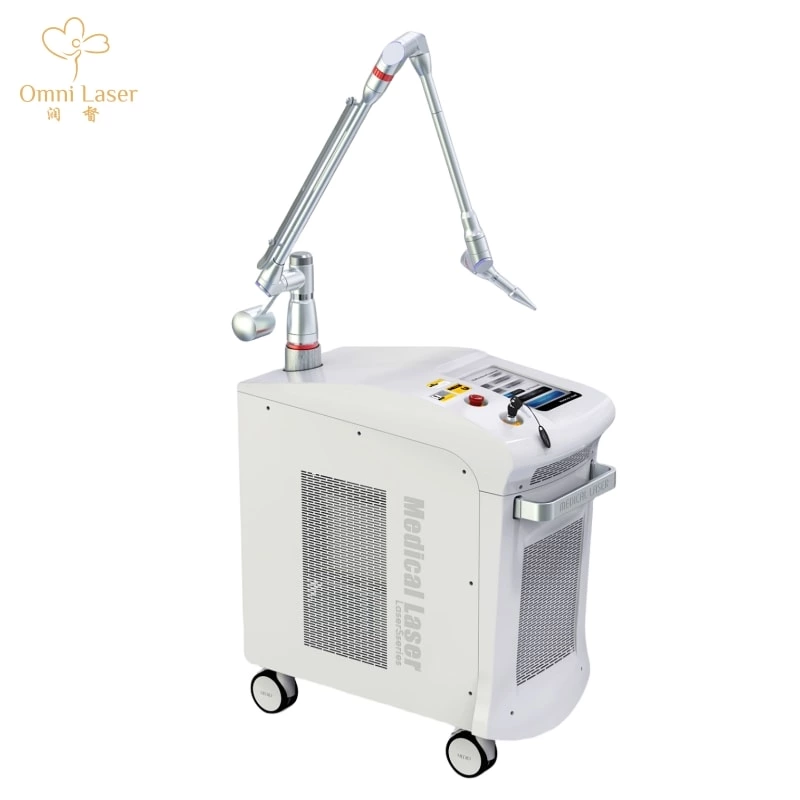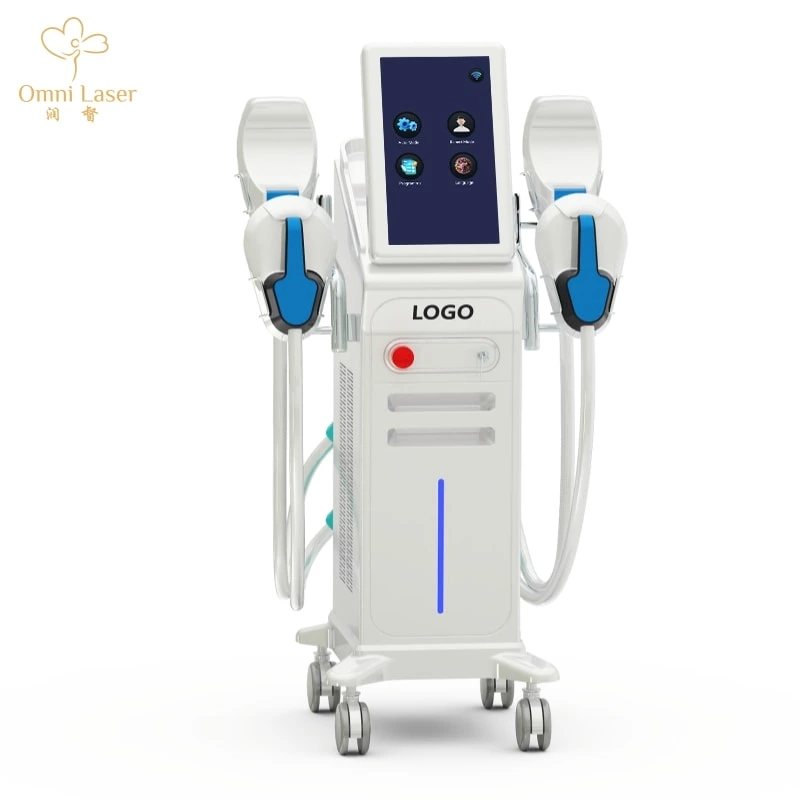How CO2 Laser Devices Can Help Repair Skin Scars: A Comprehensive Guide
Introduction
Skin scars are a common concern for many individuals, whether caused by acne, surgery, injuries, or burns. While scars are a natural part of the healing process, they can be unsightly and affect one's self-confidence. Among the many advanced treatments available today, CO2 laser therapy has emerged as one of the most effective methods for scar repair. This article will explain how CO2 laser devices work, who they are suitable for, which types of scars they can address, and what to expect during the treatment and recovery process.
How CO2 Lasers Work for Scar Treatment
CO2 lasers use focused light to target the skin's surface layers, vaporizing damaged tissue and promoting the growth of new, healthy skin. The laser's energy stimulates collagen production, which is vital for healing scars and improving skin texture. CO2 lasers are particularly effective for scars that involve the outer skin layers or deeper dermal layers, making them a versatile tool in scar management.
Types of Scars Treated with CO2 Lasers
-
Acne Scars: CO2 lasers are highly effective in treating both shallow and deep acne scars. They help smooth the skin's texture, reduce the appearance of pitted scars, and improve overall skin tone.
-
Surgical Scars: Post-surgical scars, particularly those that are raised or have uneven pigmentation, can benefit from CO2 laser treatment. The laser helps to flatten the scars and reduce discoloration.
-
Burn Scars: Burn scars, which may cause significant skin texture irregularities, can be treated with CO2 lasers to promote smoother, more even skin.
-
Keloid and Hypertrophic Scars: While CO2 lasers can help reduce the appearance of these raised scars, their effectiveness may vary depending on the scar's severity and the individual's skin type.
-
Trauma Scars: Scars from accidents or other physical injuries can also benefit from CO2 laser treatment, as it helps remodel the scar tissue, improving both texture and color.
Who is an Ideal Candidate for CO2 Laser Treatment?
CO2 laser treatments are suitable for individuals who have visible scars that are either superficial or deep. The best candidates are typically those with fair to medium skin tones, as darker skin tones may have a higher risk of pigmentation changes. Individuals with active skin conditions like acne or eczema may need to wait until their skin has healed before undergoing CO2 laser treatment. Additionally, candidates should be in good overall health, as optimal healing requires the body's ability to repair itself efficiently.
Treatment Process and Duration
The CO2 laser procedure generally involves the following steps:
-
Consultation: During the initial consultation, a dermatologist or certified practitioner will assess the type and severity of the scar and determine if CO2 laser treatment is appropriate.
-
Preparation: Before treatment, a topical anesthetic is usually applied to minimize discomfort. In some cases, local anesthesia may be used depending on the area being treated.
-
Laser Treatment: The laser is applied to the scarred area, where it emits controlled pulses of light to target damaged tissue. The procedure typically lasts between 15 and 45 minutes, depending on the size and number of scars being treated.
-
Post-Treatment Care: After the procedure, the treated skin may appear red and swollen, similar to a mild sunburn. Cooling gels or creams are often applied to soothe the skin, and patients are advised to avoid direct sun exposure.
Recovery Time and Post-Treatment Care
Recovery from CO2 laser treatment varies depending on the depth of the treatment and the individual’s skin response. On average, patients can expect a recovery period of 7 to 10 days. During this time, the skin may peel, and scabs may form, signaling the renewal of the skin's surface. It’s important to follow post-treatment instructions carefully to ensure the best results:
-
Hydration: Keep the treated area moisturized to prevent dryness and promote healing.
-
Sun Protection: Sun exposure can hinder the healing process and increase the risk of pigmentation changes, so applying a broad-spectrum sunscreen daily is essential.
-
Avoid Picking at the Skin: Allow the skin to heal naturally by avoiding touching or picking at the treated area.
In some cases, multiple sessions may be needed for optimal results, especially for deeper scars or more severe cases. These sessions are usually spaced 4 to 6 weeks apart.
Conclusion
CO2 laser therapy is a proven and effective treatment for a wide range of skin scars, offering a non-invasive option for improving skin texture and appearance. Whether for acne, surgical, burn, or trauma scars, CO2 lasers help stimulate collagen production and promote skin regeneration. By understanding the types of scars that can benefit from this treatment, the procedure's timeline, and the necessary post-care steps, individuals can make well-informed decisions and set realistic expectations for their scar-repair journey. As always, it is crucial to consult with a professional to determine whether CO2 laser therapy is the right choice for your specific skin needs.
by Laurinda

